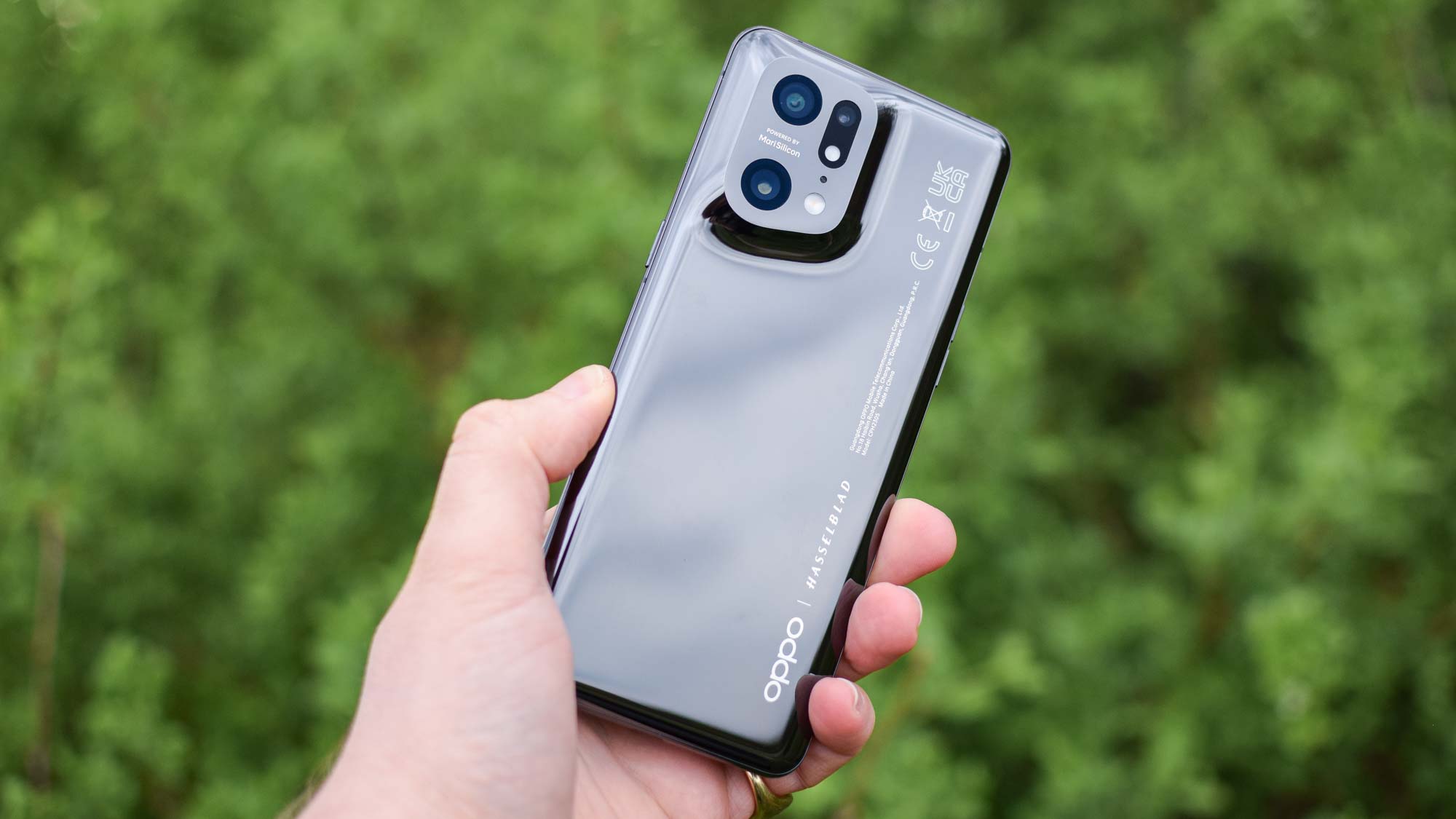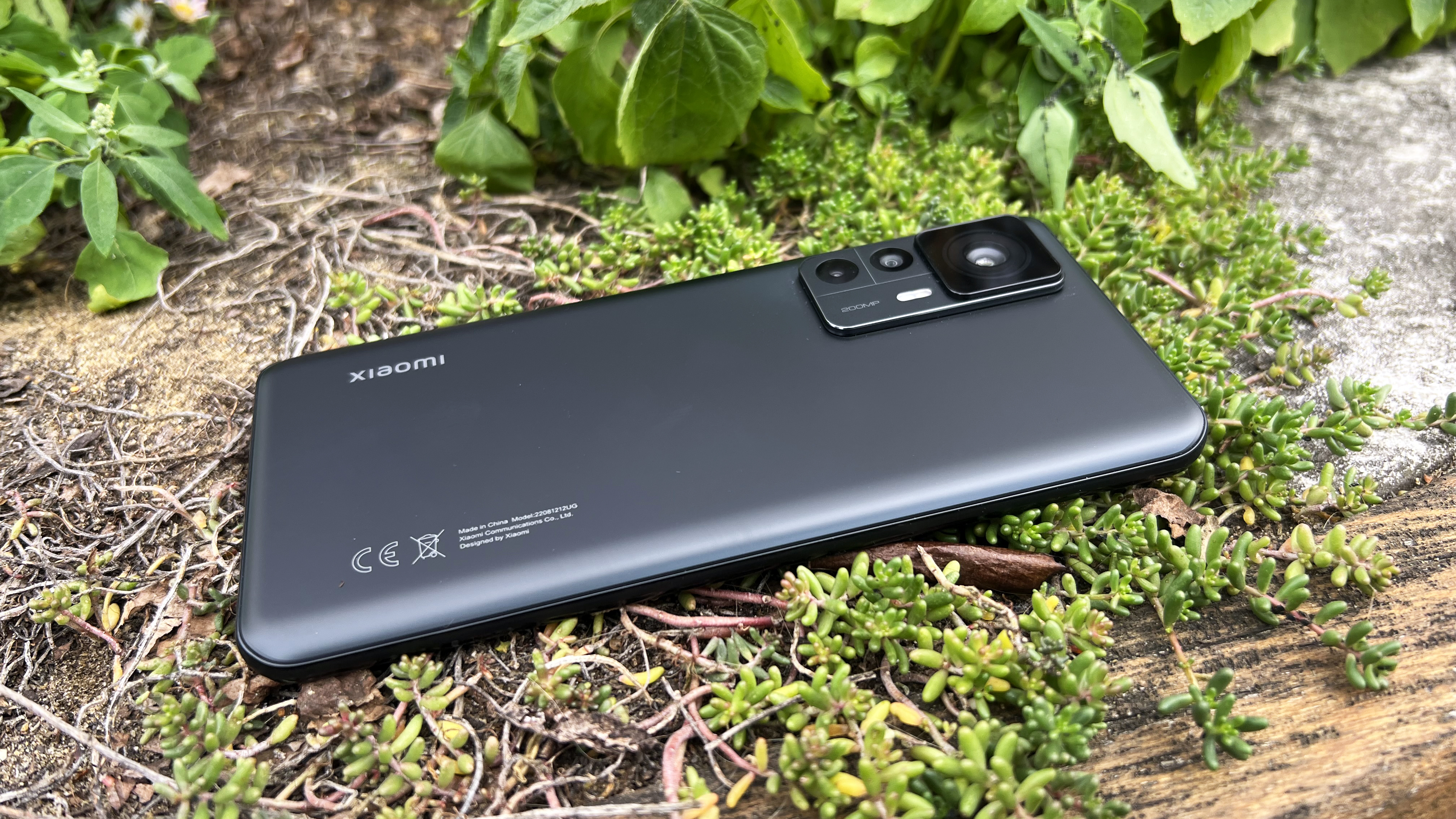Do international phones work in the U.S.?
It might be tempting to import a phone, but it can be equally frustrating

It's a temptation that's all too familiar to those of us around the Tom's Guide office: A hot new product is announced, but chances are slim it'll officially make it to our shores. Do you wait in the hopes that release plans change and the product eventually winds up in the U.S., or throw caution to the wind and import it as soon as you're able to find an overseas version on an e-commerce site?
Where most tech is concerned, the danger is minimal. Most devices these days are functionally identical across regions, save for the type of power adapter they're packaged with. But smartphones have crucial differences, and they're much more complicated.
Nevertheless, if you're eyeing a handset that isn't offered in the States, like the OnePlus Nord series or anything from Xiaomi, you might be weighing your options. Is it worth it to splurge on international shipping? Unfortunately, we can't give you a simple yes-or-no answer.
Why it’s a risky idea

The problem, in a word, lies with the carriers. Cellular networks in different countries use different bands and technologies. Most phone makers don't build support for every band in their products because it would be too expensive. Ultimately, a device's compatibility is determined by the region in which it is sold as well as any potential carrier partners the manufacturer has lined up.
This bodes well for popular models. For example, Apple sells iPhones all around the world on hundreds of networks, which means you can get the appropriate iPhone for your region no matter where you live. Motorola is also notable for being one of the few companies that makes a point of building both a lot of compatibility into many of its budget-minded devices.
The outlook becomes murkier for smaller companies that target specific markets, or perhaps larger organizations that don't offer the same products in all territories. And even then, the functionality depends on the particular phone in question.

Unlocked handsets sold in Europe will likely work in the U.S., though you might run into trouble with some 5G technologies. Most international phones, for example, won't work with Verizon's mmWave network.
When it comes to devices sold exclusively in Asia, however, American users typically find themselves out of luck. This is due to specific bands used in certain countries, including China and Japan, that aren't a factor anywhere else on the globe. And it's a limitation that keeps the best phones from companies like Xiaomi and Sharp out of our hands.
While such devices are capable of making and receiving calls in the U.S. and operate on 3G data networks, they lack compatibility with our LTE bands — which may as well make them useless.
Get instant access to breaking news, the hottest reviews, great deals and helpful tips.
However, that's a trend that could be changing. Take Xiaomi's latest flagship, for example. The modem inside the Mi Mix 2 is able to connect to LTE networks outside of China, even though the company only officially sells the device in its home nation. It seems phone makers are receptive to the enthusiasm they're getting from prospective buyers around the world, who are willing to import their products so long as they work as intended.
Should you do it?

That depends on two things: What network you're on, and what phone you're looking to buy.
If you're a Verizon customer, don't even think about it. Those interested in buying an overseas phone should subscribe to T-Mobile or AT&T (or any MVNO that operates on those towers) for the best chances of compatibility.
That said, even T-Mobile/AT&T users may have some trouble with certain devices, especially ones that are exclusive to Asia. Those phones employ specific LTE and 5G bands that aren't a part of our spectrum, even as they also miss out on the ones we do use here. Some may not even provide options for other languages, depending on the software they're running.
If you're unsure about a device's compatibility, the best thing to do is check the bands themselves against the ones your carrier uses. If everything syncs up, you should be fine. Additionally, for extra peace of mind, websites that sell foreign handsets, like Amazon, tend to display supported networks right in the listings.
It's a risk importing a phone, as we learned when we tried to use an Oppo Find N in the U.S., but it can be worthwhile if you just have to have your hands on some device. Whether it's a OnePlus Nord, Mi device, or something from Oppo, you can have some luck. But most of the time for most people, this isn't worth it.
Adam Ismail is a staff writer at Jalopnik and previously worked on Tom's Guide covering smartphones, car tech and gaming. His love for all things mobile began with the original Motorola Droid; since then he’s owned a variety of Android and iOS-powered handsets, refusing to stay loyal to one platform. His work has also appeared on Digital Trends and GTPlanet. When he’s not fiddling with the latest devices, he’s at an indie pop show, recording a podcast or playing Sega Dreamcast.
- Jordan PalmerPhones Editor
